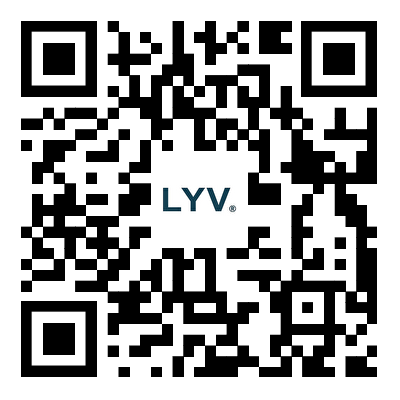- English
- Español
- Português
- русский
- Français
- 日本語
- Deutsch
- tiếng Việt
- Italiano
- Nederlands
- ภาษาไทย
- Polski
- 한국어
- Svenska
- magyar
- Malay
- বাংলা ভাষার
- Dansk
- Suomi
- हिन्दी
- Pilipino
- Türkçe
- Gaeilge
- العربية
- Indonesia
- Norsk
- تمل
- český
- ελληνικά
- український
- Javanese
- فارسی
- தமிழ்
- తెలుగు
- नेपाली
- Burmese
- български
- ລາວ
- Latine
- Қазақша
- Euskal
- Azərbaycan
- Slovenský jazyk
- Македонски
- Lietuvos
- Eesti Keel
- Română
- Slovenski
- मराठी
- Srpski језик
The main accessories of a control valve
2024-12-26
Positioner for Control Valve:
The positioner is a key accessory of the pneumatic actuator. It works together with the pneumatic actuator to improve the valve's positioning accuracy, overcome the frictional force of the valve stem and the unbalanced force of the medium, ensuring the valve accurately positions according to the signals from the controller.
Situations that require a positioner:
- When the medium pressure is high or the pressure differential is large.
- When the valve size is large (DN > 100).
- When dealing with high-temperature or low-temperature control valves.
- When an increase in the control valve's response speed is required.
- When using a standard signal to operate a non-standard spring actuator (for spring ranges outside 20–100KPa).
- When used for step control.
- When the valve needs to be made to operate in reverse (converting between air-to-close and air-to-open).
- When the valve’s flow characteristics need to be changed (positioner cam can be adjusted).
- When a springless actuator or piston actuator is used and proportional control is required.
- When an electric signal is used to control a pneumatic actuator, a positioner with electric-to-pneumatic conversion is required.
Solenoid Valve:
When the system requires program control or two-position control, a solenoid valve must be used. When selecting a solenoid valve, in addition to considering the AC or DC power supply, voltage, and frequency, it is important to consider the relationship between the solenoid valve and the actuator's action type. Both "normally open" and "normally closed" solenoid valves can be used.
If the solenoid valve's capacity needs to be increased to shorten response time, two solenoid valves can be used in parallel, or the solenoid valve can be used as a pilot valve in combination with a high-capacity pneumatic actuator.
Pneumatic Relay:
A pneumatic relay is a type of power amplifier that can transmit a pneumatic signal over a longer distance, eliminating delays caused by long signal pipelines. It is mainly used between field transmitters and central control room instruments or between controllers and field control valves. It can also amplify or reduce signals.
Converter:
Converters include air-to-electric converters and electric-to-air converters. Their function is to convert signals between pneumatic and electrical systems, mainly used when an electric signal controls a pneumatic actuator. They convert 0-10mA or 4-20mA electric signals to 0-100KPa pneumatic signals or vice versa.
Air Filter Regulator:
The air filter regulator is an accessory in industrial automation instruments. Its main function is to filter and purify compressed air from the air compressor and regulate the pressure to the desired value. It can be used as a source of supply and pressure regulation for various pneumatic instruments, solenoid valves, cylinders, spraying equipment, and small pneumatic tools.
Locking Valve (Hold Position Valve):
A locking valve is a device that holds the valve's position. In case of a failure of the air supply, this device can cut off the air signal, maintaining the pressure signal in the diaphragm or cylinder at the state it was just before the failure. This ensures that the valve remains in the same position as before the failure, providing position hold functionality.
Valve Position Transmitter:
When the control valve is located far from the control room, and it is necessary to know the valve's position without going to the site, a valve position transmitter is used. It converts the valve’s position (movement of the valve stem) into an electrical signal that is sent to the control room. This signal reflects the valve’s opening position and can be a continuous signal indicating the valve’s degree of opening. It can also be considered as the reverse action of the valve positioner.
Travel Switch (Limit Switch):
A travel switch is a device that reflects the two extreme positions of the valve and simultaneously sends a signal indicating the position. The control room can use this signal to determine the valve's open or closed state and take appropriate action.
If you are interested in our products, please contract me freely any time~~~
whatsapp: +86 18159365159
Email:victor@gntvalve.com




